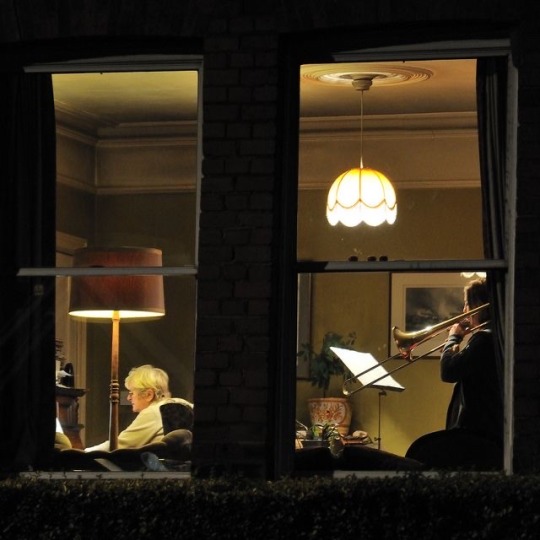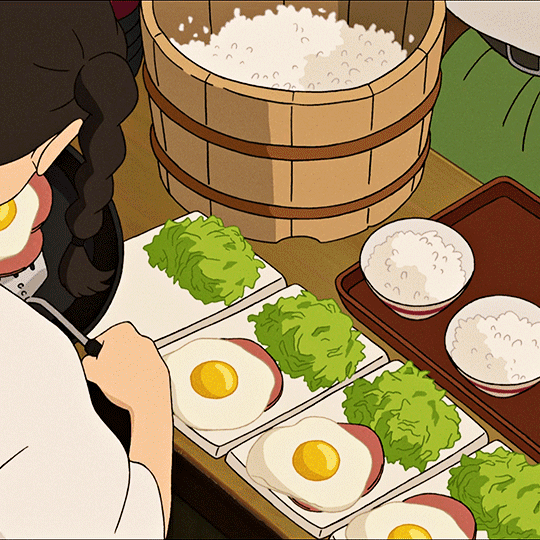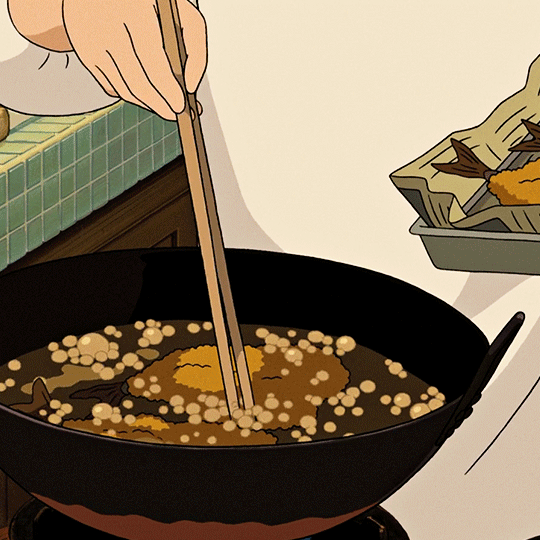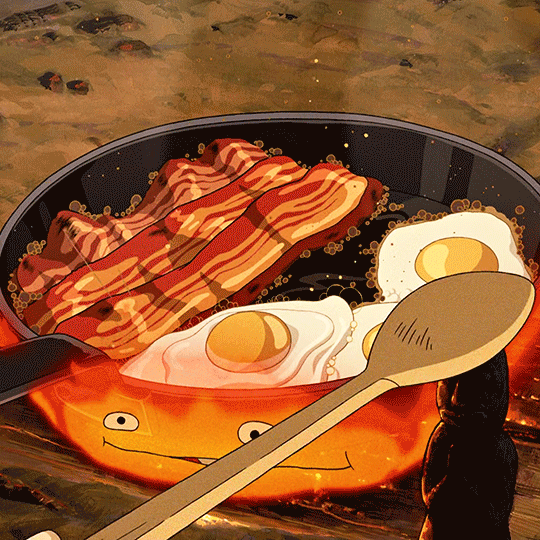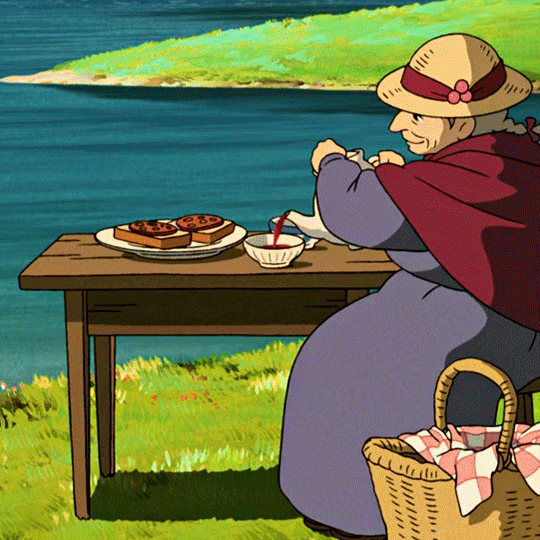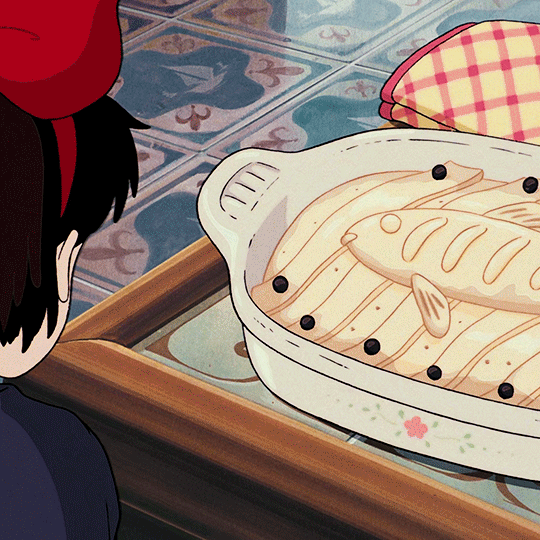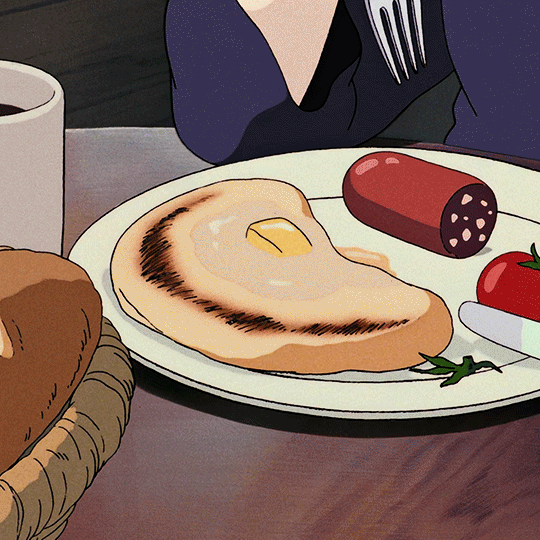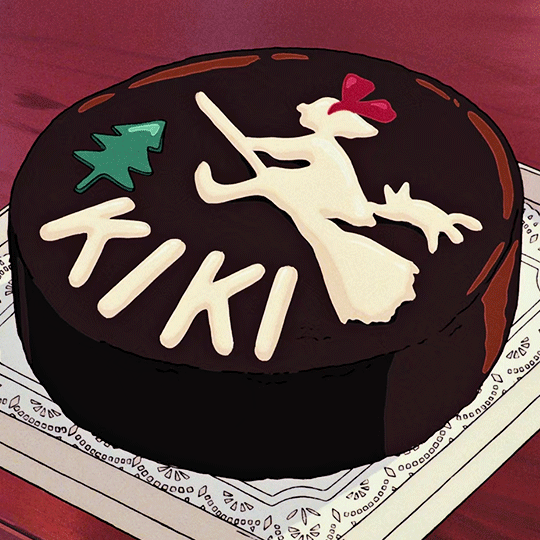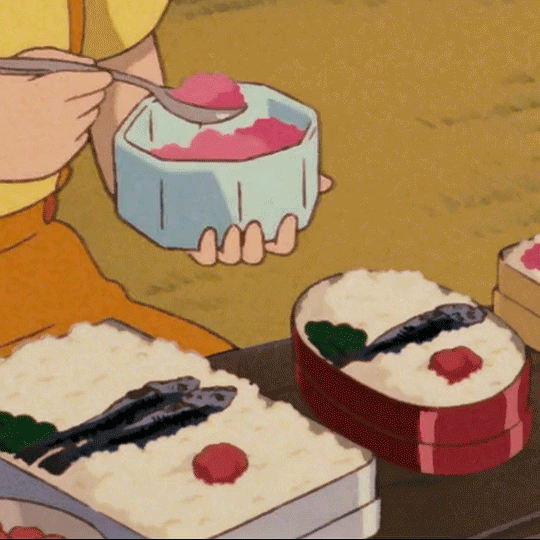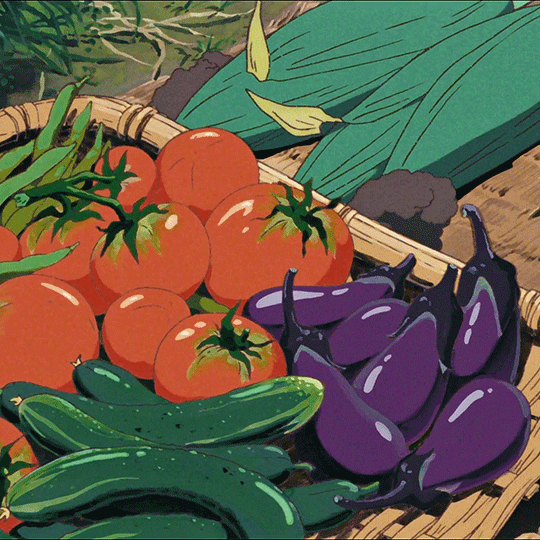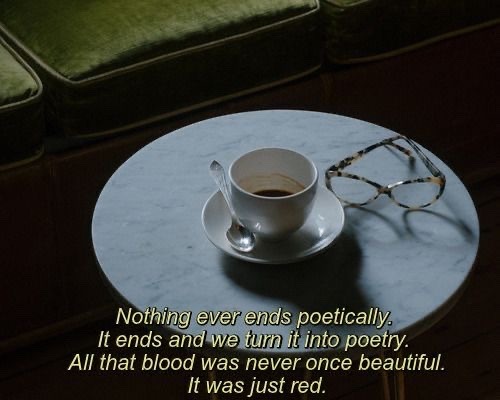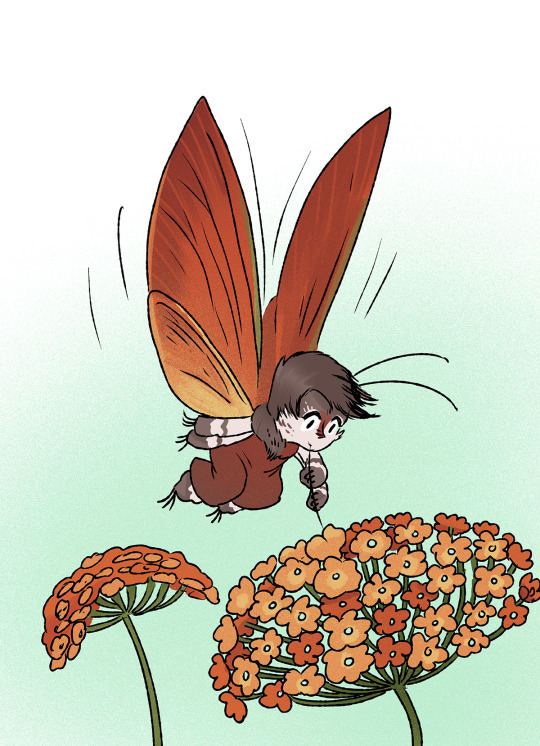Text
i want to devour you but in a way that you have captivated my soul. now that i have seen you, i do not wish for anything else.
for how i have decided to interlink my heart with yours and to succumb you into me. devour you in a way that others do not know you like i do. devour you because staying away from you is a torment to my existence.
0 notes
Text
i don’t know who needs to hear this but not every advice thats viral on social media may be suitable or applicable to you.
311 notes
·
View notes
Text
since im on a roll about tragedies:
i am sick to death of fourth wall breaks that are funny. i want fourth wall breaks that make me want to cry.
give me hamlet looking up during his monologue to see the audience and plead with them for help. give me orpheus, on the road back up from the underworld begging us to make sure eurydice is there, to tell him she is safe. give me orpheus turning when the audience stays silent.
give me someone, bloody and full of tears monologuing to the camera when the narrative has wound itself so tight that they can't escape it anymore.
"youre just watching me. help me. im dying and im rotting and im losing myself and you wont do a thing."
i want the tragedy to be the performance. i want the tragedy to be, truly, in the eyes of the beholder.
72K notes
·
View notes
Text
reblog if you’ve read fanfictions that are more professional, better written than some actual novels. I’m trying to see something
116K notes
·
View notes
Text
“Come love, make me better than I was. Come teach me a kinder way to say my own name.”
- Andrea Gibson, from "Good Light," Lord of the Butterflies
11K notes
·
View notes
Text
“Writing is like breathing, it's possible to learn to do it well, but the point is to do it no matter what.” — Julia Cameron
858 notes
·
View notes
Text


{Words by Anaïs Nin, from The Diary Of Anais Nin, Vol. 4 (1944-1947) / Cynthia Cruz }
73K notes
·
View notes
Text
Writing a Story from Start to Finish - Guide
I see you guys in the tags and reblogs talking a lot about how you have a desire to write, but have no clue what to write about, or where to even start figuring that out. While starting any project can be incredibly daunting, I wanted to put together a little guide to hopefully make it a bit more accessible. Be warned, this will probably be a long post.
Step 1: Form an idea
All writing begins with this: an idea. Ideas can start as small as an object, or as big as a world or cast of characters. What’s important is that your idea genuinely interests you, and makes you want to explore it more.
There are a million ways to gain inspiration for ideas, but my favourite method is a sort of brainstorm/mind map of all the little and big things you find interesting. Any tropes, characters, places, concepts, objects, animals, other stories, etc. you love—write them down. Then, start connecting the pieces. Each connection is one concept or idea you could explore further.
If this doesn’t work for you, try using some writing prompts or check out 15 ways to spark new ideas.
If you are a planner, proceed to Step 2. If you are a pantser, skip to step 7.
Step 2: Create your Protagonist
Now that you have a sort of concept or inspiration to work off of, you need your main character. There are about as many ways to create characters as there are characters themselves, and each method is going to work better or worse for every writer.
At the barest minimum, all your protagonist needs is a Goal to work towards, a Reason for wanting it, and a Flaw that keeps them from having it right away.
These three things can form a baseline character. Consider what the thing they want, why they want it, and what’s keeping from it says about them as a person.
Rapunzel (from Disney’s Tangled) wants to see the ‘floating lights’ on her birthday. She wants to because she believes she will learn more about herself through seeing them. Her fear over disappointing and disobeying her ‘mother’ keeps her from it.
My favourite character creation technique is actually Here—it takes you through creating character in order to create story.
If that one doesn’t work for you, try this one. It is more focused on defining traits and figuring out the personality of the character first.
Step 3: Your Plot is your Protagonist’s Arc
As stated in the character creation technique I shared in Step 2, character is plot. By that I mean, the character’s journey is the plot of the story. We’re here to see the protagonist transform because of the circumstances incited in the beginning.
So to form a plot, we need to know who the character is at the beginning, and what they need to learn by the end.
Your character’s arc is A but B so C:
A – your character and their flaw
B – The conflict they go through
C – how they change
“Obsessed with success, Jenny Beech works tirelessly to earn the approval of her strict parents and graduate top of her class, but when the new girl in town pulls her into a whole new world of excitement and fun, she must stand up for herself against her impossible standards and learn how to be a teen again.”
This one sentence has everything we need to know about this story and character: “Obsessed with success (character trait/flaw), Jenny Beech works tirelessly to earn the approval of her strict parents and graduate top of her class (goal), but when the new girl in town pulls her into a new world of excitement and fun (conflict), she must stand up for herself against her impossible standards and learn how to be a teen again (change).”
If you have these three things, congratulations! You already have a story. If you’d like, you may begin writing it now (skip to step 8). Or…
Step 4: Theme
I did a whole post on theme you should check out here. Essentially, the big takeaway is that your theme is a lesson to impart to the readers—which means it is not a question, it is an answer.
For the example given above, our theme would likely be something like, “Teens need to balance their additional responsibilities as they mature into young adults with the joy of being young and having fun.” Or, “Friends and a close social network is more important than having the best grades.” Or, “It’s important to take frequent time away from work in order to maintain one’s humanity.” Etc. Etc.
Theme is conveyed through what your characters need to do to succeed (or what they do that causes their failure). If Jenny lets loose and suffers consequences for it in the end, we’re saying that she should have stuck to her studies rather than letting herself have fun. If she lets loose and is rewarded with a greater relationship with herself and her parents, we’re saying that was the correct thing to do.
Step 5: Outlining
Now that we have a plot and a theme, we can outline our story. An outline is like a roadmap of what you’re writing. It can be as specific or broad as you want. My outlines tend to follow this structure, and I improvise the little stuff in between, but if you need to get all your ideas within your outline, that’s good too!
Just make sure your notes make sense to you so when you need to know where to go next, you have a handy tool just for that.
Step 6: Worldbuilding
Worldbuilding is probably where you’ll spend the most time because there’s just so much. However, I also find it one of the most fun parts. The minimal thing you need to know is your world’s normal, and how that normal is disrupted in the inciting incident.
Jenny’s normal is school work and trying to impress her parents. The disruption is the new girl in town.
Rapunzel’s normal is the tower and her hobbies. The disruption is Flynn breaking in.
I did a more in-depth post on worldbuilding here, but the basics is just ask questions, explore consequences, and do plenty of research.
Which brings us to…
Step 7: Research
This can also be done after your first draft, but can’t be skipped entirely. It’s important when trying to convey experiences that may not be wholly your own, or unique perspectives, that you understand the context behind those things in the real world.
Once again, ask questions, talk to people, and remain open to what you find.
Step 8: We can start writing now
Now that you have all your planning ducks in a row (or have a good inspiration to jump from) it’s time to start writing! Either go from the outline you built, or just try out scenes. I have some tips for actually writing the dang thing that I’ll put here:
Let me know how your writing goes, good luck!
3K notes
·
View notes
Text
Punctuation Rules
Punctuation is like the very last thing I actively think about when writing something (what's the point of fixing the punctuation of a sentence you'll end up taking out or editing anyway?) but it is still an important step!
Having proper punctuation increases your credibility and the overall quality of your work. Also, it’s doubly important in professional work, emails, and resumes. With that, let’s get into it!
Commas
We use them all the time. We get them wrong all the time. There are six rules for where you can use commas:
Use to separate items in a list or series:
The book was long, tedious, and painful.
The comma after tedious is called the Oxford’s comma. Feel free to debate if you need it in the reblogs, but you won’t get in trouble professionally if you use it or leave it out (in most cases.) It always comes before ‘and’ in a list to prevent confusion of the items:
I ran into my mother, my best friend and a scientist. (1 person?)
Is very different from
I ran into my mother, my best friend, and a scientist. (3 people)
2. Use to separate independent clauses, with a coordinating conjunction.
An independent clause is just a sentence that makes sense on its own.
A coordinating conjunction is: and, but, or so.
Miley had a ton of work to do, so she set her alarm early.
3. Use after an introductory statement.
Introductory statements begin with many different words, but typically: Before, after, when, while, as soon as, etc.
Before her first class, Stacy looked up her prof on Rate Your Teacher.
Main point about this, “Before her first class” is not an independent clause, it needs a second part.
4. Use to surround info in a sentence
This info is not essential to the sense-making of the sentence, but it should be relevant.
Parents, no matter how skilled, cannot function at 100% all the time.
5. Addresses and Dates
6. And with direct quotes
Important for essay writing.
Casey said, “I hate this house!”
Colons:
Introduce a list after a complete sentence:
I have three favourite foods: spaghetti, chowder, and garlic bread.
2. Use after ‘the following’ or ‘as follows’
Please provide the following information: your date of birth, full name, and address.
3. Don't use with sentence fragments
A sentence fragment is an unfinished sentence (that doesn’t make sense on its own).
My favourite foods are: spaghetti, chowder, and garlic bread.
This is wrong because, “My favourite foods are.” Isn’t an independent clause.
4. Introduce an explanation
My parents ask one thing of me: that I try my hardest.
5. Introduce a quotation
Mom always quoted the bible: “The truth will set you free.”
6. And times (12:00)
Semi-Colon:
Not super common, but makes you look good if you can use it properly.
Separate two related independent clauses
I never drink Starbucks; it tastes burnt.
2. Similar, but with conjunctions: however, moreover, therefore, nevertheless, etc.
I don’t like Starbucks; however, it does the job.
Agatha didn’t witness anything; nevertheless, she was called in to court.
3. Use to avoid misreading in a series
The invited guests are the club leader; the treasurer; the new member, Jason Tanner; and Wanda Johnson, the investor.
Semicolons clarify the separation between the four people. Had it been, “The club leader, the treasurer, The new member, Jason Tanner…” it would seem that the new member and Jason Tanner are two different people.
Apostrophes – Possessive
‘s shows possession of a singular noun
The girl’s parents were quite rich.
2. S’ shows possession of a plural noun
The students’ books were all over the place. (there are multiple students who have books)
3. ‘s to singular words ending in s, and nouns that are plural
My boss’s office
My children’s toys
Apostrophes – Contractions
Use to combine two words (they are, he is, there is, etc.)
It is -> It’s a beautiful park
They are -> They’re really good friends
You are -> you’re good at this
and so on.
2K notes
·
View notes
Text

— Franz Kafka, from Letters to Felice (via lunamonchtuna)
3K notes
·
View notes
